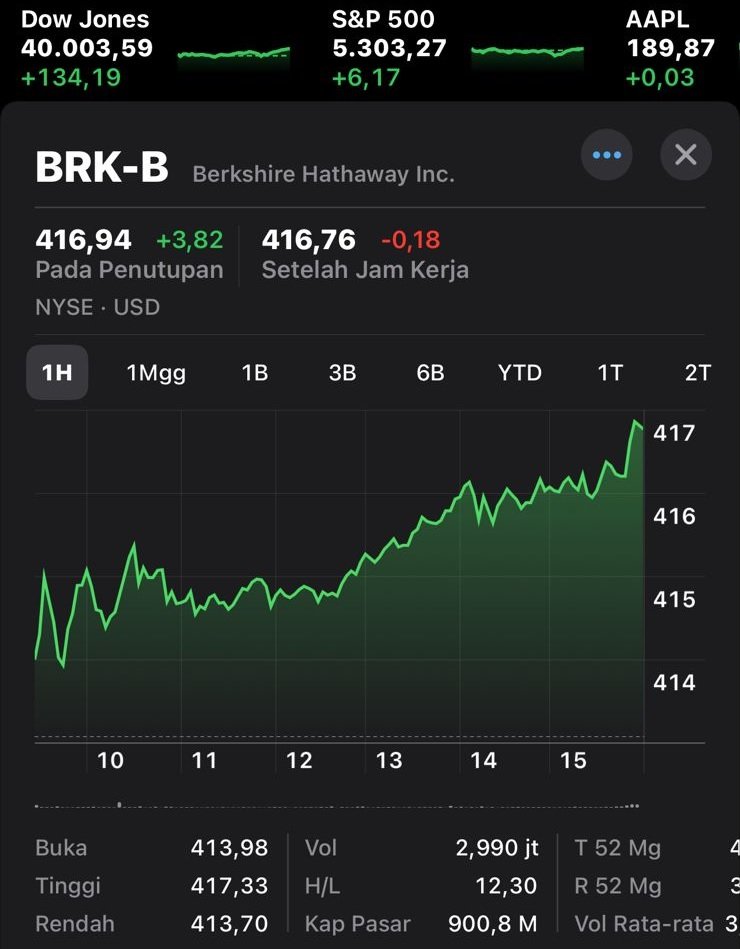What is Underlying Profit?
In the business world, profitability is the ultimate goal of all companies. Although gross profit is often discussed, there is another important metric that we need to understand and utilize, namely underlying profit. Understanding the concept of underlying profit can be one of the secrets to success in our business. Because this concept allows the business world to understand the true financial health of the company from the company’s business operations and make informed decisions that drive growth and prosperity.
So, what exactly is this underlying profit and why is it so important? Unlike gross profit, which only subtracts the cost of goods sold (COGS) from the revenue the company earns, underlying profit takes into account additional factors that have an impact on the company’s profits. This concept provides a more accurate picture of the company’s profitability by considering all costs associated with a company’s business operations, including operational costs, taxes, and loan interest payments.By looking beyond the surface to just costs and revenues, companies can gain a comprehensive understanding of their financial performance.
To truly understand the power of a company’s underlying profit, we need to understand the main difference between gross profit and underlying profit. Gross profit is a direct calculation that measures the income a company generates from the sale of their goods or services which is then subtracted from the costs of producing those goods or services. This gross profit provides a basic indication of the company’s ability to generate income for them.
However, gross profit alone cannot fully reflect the financial reality of a company’s business. Because gross profit does not take into account the various costs incurred in the company’s daily operations, such as rent, salaries, marketing and utilities, this is where underlying profit comes into play. By subtracting all the company’s operational costs from gross profit, only then can a company determine the true profitability of their business after taking into account all necessary costs.
Factors Affecting Underlying Profit.
Several factors can significantly influence the underlying profit of a business or company. One of the main factors that influences it is the cost of raw materials or supplies. Fluctuations in the prices of raw material and inventory cost components can have a direct impact on a company’s profitability. For example, if raw material costs increase, the impact can reduce the gross profit margin and subsequently reduce the company’s basic profit.
Another important factor of this concept is the level of competition in the company’s business industry. When competition in the business environment is fierce, companies need to invest heavily in marketing and promotions to keep their products at the forefront. This additional expenditure can eat away at the company’s underlying profit margin. Economic conditions, such as inflation or recession, can also affect the profits a company earns by influencing consumer spending habits and overall market demand.
Apart from that, the operational efficiency of the company plays an important role in determining underlying profit. Companies that simplify their production processes, reduce waste, and optimize their resource allocation can significantly increase their profitability. By identifying and overcoming areas of inefficiency, companies can minimize costs and maximize profit potential, ultimately increasing underlying profits.
Strategy to Increase Underlying Profit.
After I explain the concept of underlying profit and we understand the importance of this concept, as well as the factors that can influence it, I will explain several strategies that can be implemented by companies to increase their underlying profit, namely:
1. Reduced Costs and Increased Efficiency.
One of the most effective ways to increase the profits a company makes is to reduce costs and increase efficiency. We need to conduct a thorough analysis of a company’s business operations to identify areas where expenses can be cut or eliminated. Look for ways to simplify production processes, automate tasks within the company, and negotiate contracts to better vendors. By optimizing company operations, we can increase profit margins significantly.
2. Improve Pricing Strategy.
Carefully reviewing and adjusting pricing strategies can have a major impact on the underlying profits a company earns. One of them is by conducting market research to understand customer preferences and price sensitivity. Also consider implementing a dynamic pricing model that allows for flexible pricing based on demand in the market and competitive conditions. Additionally, try providing value-added services or premium offerings to consumers to justify higher price points and increase profitability.
3. Expand Sales Channels.
Expanding a company’s sales channels can open new income streams which can increase the company’s underlying profits. Explore opportunities in online marketplaces, partnerships with complementary businesses, or even expansion into international markets. Diversification of sales channels reduces a company’s dependence on a single source of income and allows a wider market reach for the company’s products.
4. Focus on Customer Retention and Upselling.
Acquiring new customers can be expensive to acquire, but it is important to prioritize customer retention and increase sales. Implement customer loyalty programs, personalized marketing campaigns, and exceptional customer service to build long-term relationships between companies and their consumers. Happy and loyal customers are more likely to make repeat purchases of company products and this is an opportunity to increase sales, thereby increasing our company’s underlying profit.













